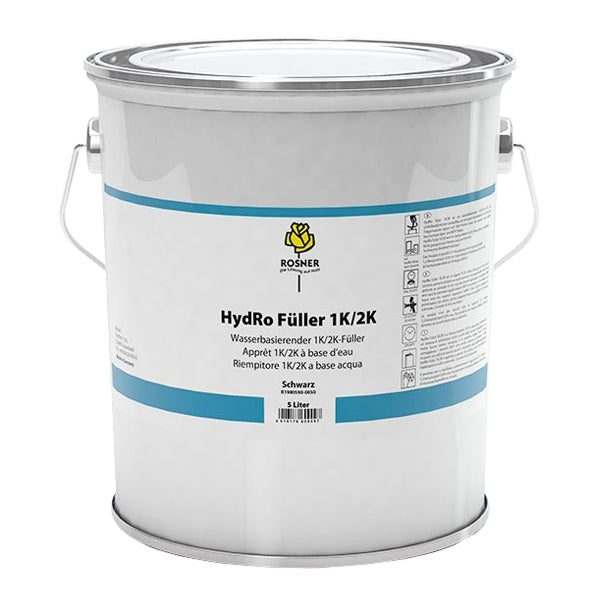A beautiful, long-lasting painted finish on wood doesn't start with the topcoat, it starts with the right foundation. A high-quality wood Primer is the single most important step in ensuring your paintwork looks professional and stands the test of time. At Nebula Paints, we are a leading UK distributor of premium Paint Coatings, offering a specialist range of primer for wood designed to guarantee a flawless result on any timber project.
Wood Paint Primer - The Essential Foundation for a Perfect Wood Finish
Whether you are a professional joiner, a decorator, or a DIY enthusiast, using the correct paint primer for wood is a non-negotiable first step. It solves a host of problems before they can ruin your finish, saving you time, money, and frustration.
Why Should You Use a Primer Paint for Wood?
Applying paint directly to bare wood is a recipe for a poor-quality, short-lived finish. Timber is a natural material with inherent challenges that only a dedicated wood primer paint can solve.
-
Creates Powerful Adhesion:
A wood primer is formulated to grip tenaciously to the wood fibres and create the ideal surface for your topcoat to bond to. This prevents the paint from chipping, peeling, or flaking off in the future. -
Blocks Stains and Tannin Bleed:
Woods like oak, cedar, and mahogany contain natural oils called tannins, while pine has resinous knots. These will "bleed" through layers of paint, causing ugly yellow or brown stains. A specialist wood primer undercoat acts as a barrier, permanently sealing these in. -
Ensures a Smooth, Even Finish:
Wood is porous and absorbs paint at an uneven rate, which can lead to a blotchy, patchy appearance. A primer for wood seals the surface, ensuring the topcoat dries to a uniform sheen and often reducing the number of expensive topcoats required. -
Increases Durability:
By creating a solid and stable foundation, a primer enhances the durability and washability of the entire paint system, ensuring your work looks better for longer.
Choosing the Right Wood Primer Undercoat
The type of wood and its condition will determine the best primer paint for wood for your job. For general work, a good quality wood primer undercoat will be suitable. However, for knotty or tannin-rich woods, a dedicated stain-blocking primer is essential. If you are painting over a previous glossy finish, a high-adhesion primer will provide the extra grip needed for a reliable bond.
The success of your entire project rests on this first coat. It’s the professional’s secret to a finish that is both beautiful and incredibly durable.
Once you have prepared your surface with the perfect foundation, explore our full range of high-performance wood coatings to find the ideal topcoat for your project. Browse our collection of wood primer today and give your next project the professional start it deserves.




